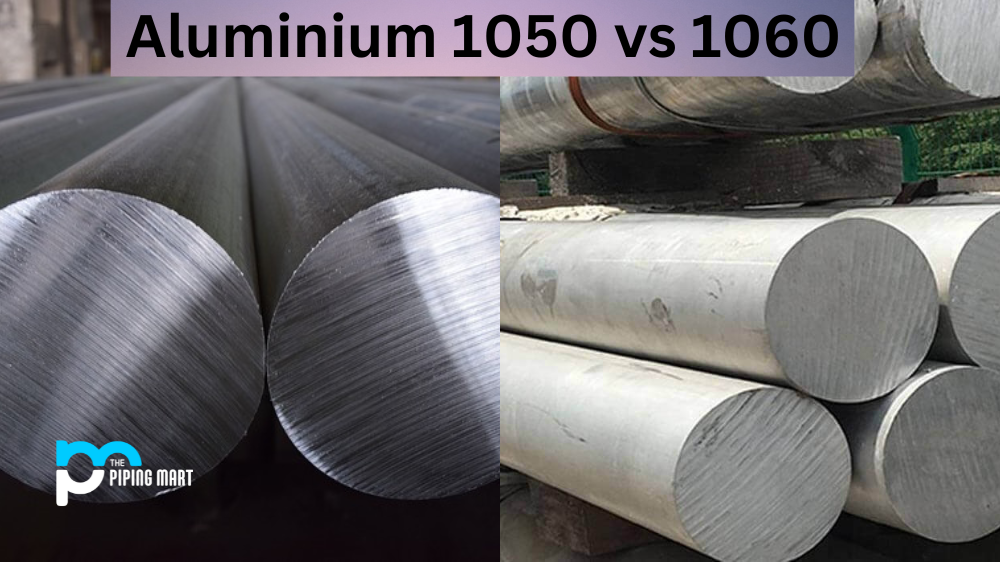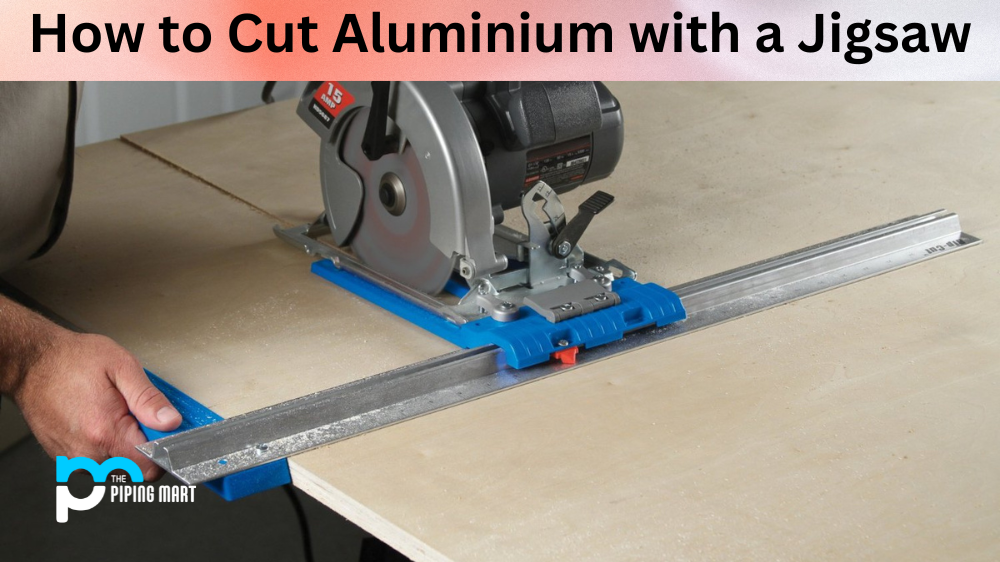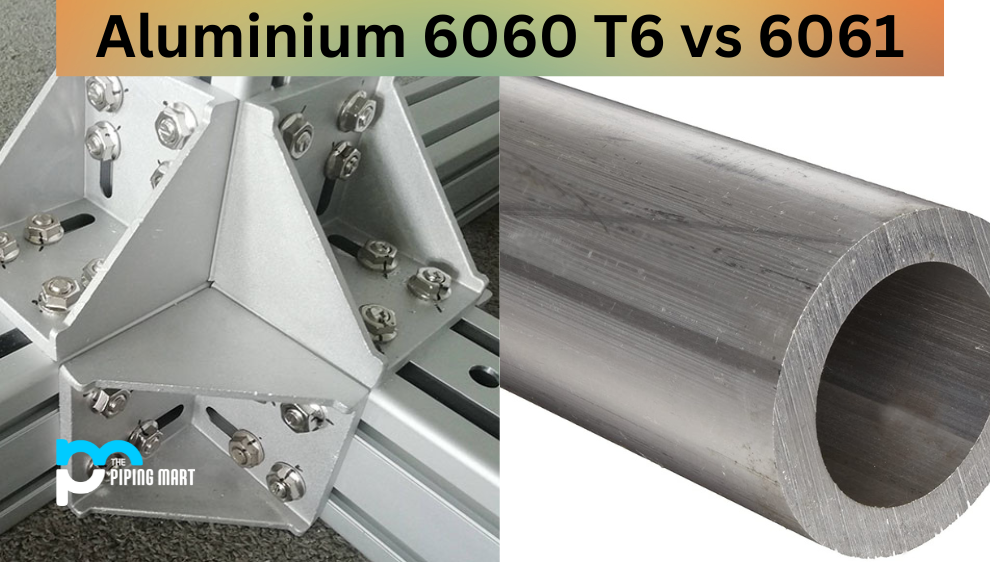Aluminium 1050 and 1060 are the most popular aluminium grades used across various industries. While they might have similar compositions, there are some differences between the two that you should be aware of. In this blog, we will discuss the differences between aluminium 1050 and 1060 and help you determine which is better suited for your project.
Difference Between Aluminium 1050 and 1060
Chemical Composition
One of the key differences between aluminium 1050 and 1060 is their chemical composition. Aluminium 1050 contains 99.5% aluminium, while aluminium 1060 has 99.6% aluminium. The slight increase in purity in aluminium 1060 gives it slightly better strength and a better response to annealing.
Strength and Formability
Aluminium 1050 has a lower strength compared to aluminium 1060, which makes it a popular choice for a wide variety of applications. Aluminium 1050 is also more formable than aluminium 1060 due to its softer nature. However, the lower strength of aluminium 1050 might make it unsuitable for applications that require high strength.
Weldability
Both aluminium 1050 and 1060 are highly weldable. However, aluminium 1060 has better weldability than aluminium 1050, thanks to its higher purity. The impurities in aluminium 1050 might lead to porosity and other weld defects.
Corrosion Resistance
Both aluminium 1050 and 1060 possess good corrosion resistance. However, aluminium 1050 might be slightly better in this regard, thanks to its slightly higher purity. Aluminium 1050 is also more resistant to chemical attack than aluminium 1060.
Applications
Due to its high formability, aluminium 1050 is widely used in the packaging and printing industries and in manufacturing cooking utensils and thermal insulation materials. Aluminium 1060, on the other hand, is often used to manufacture reflectors, heat sinks, and electrical conductors. Its higher purity and strength make it better suited for these applications.
Conclusion
In conclusion, aluminium 1050 and 1060 are excellent aluminium grades, depending on your specific needs and requirements. If you require high formability and good corrosion resistance, aluminium 1050 might be the way to go. However, if you need a higher strength, better weldability, and higher purity, aluminium 1060 is the better choice. Understanding the differences between these grades will help you make an informed decision when choosing the right aluminium alloy for your project.

A passionate metal industry expert and blogger. With over 5 years of experience in the field, Palak brings a wealth of knowledge and insight to her writing. Whether discussing the latest trends in the metal industry or sharing tips, she is dedicated to helping others succeed in the metal industry.




